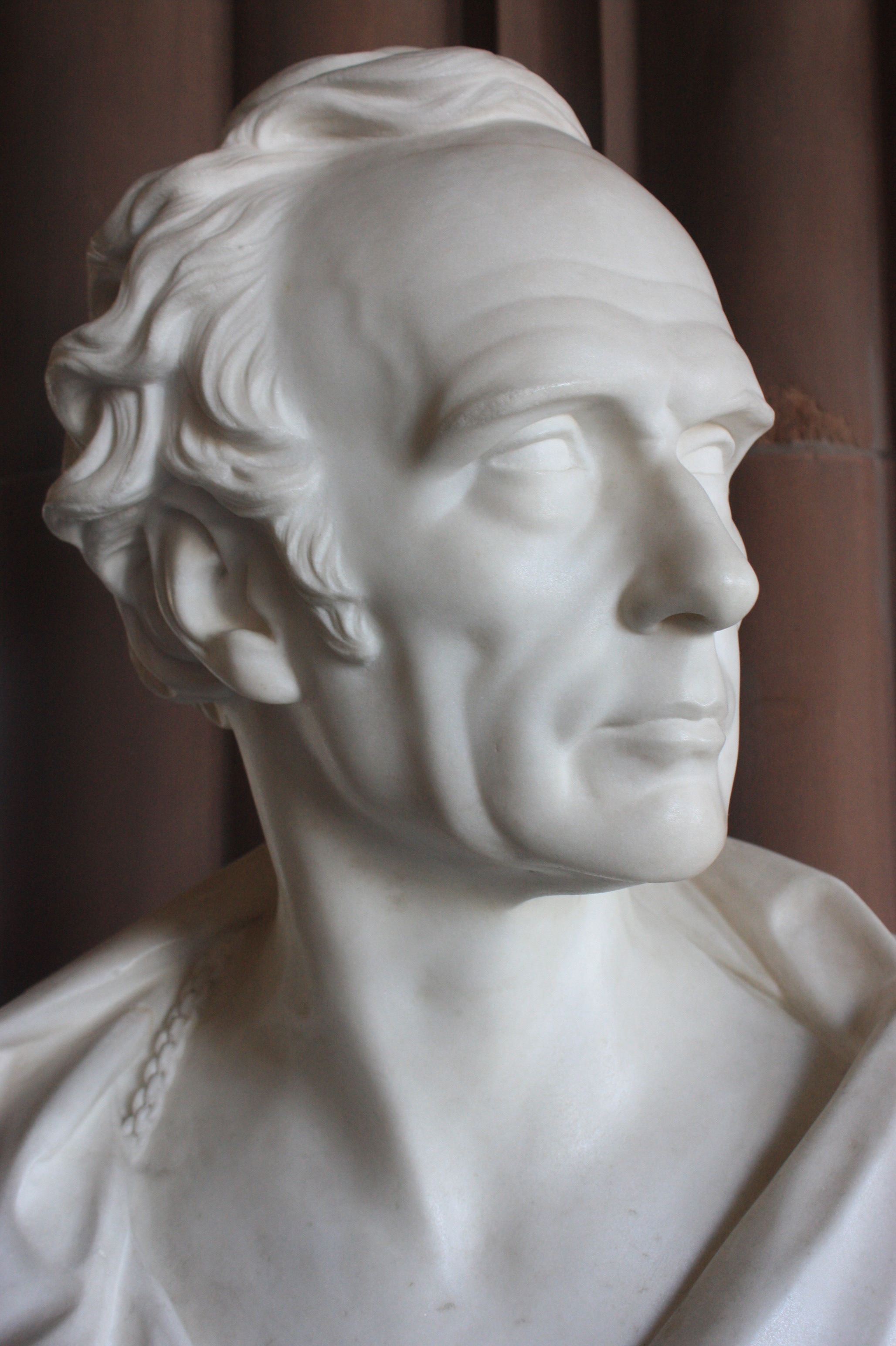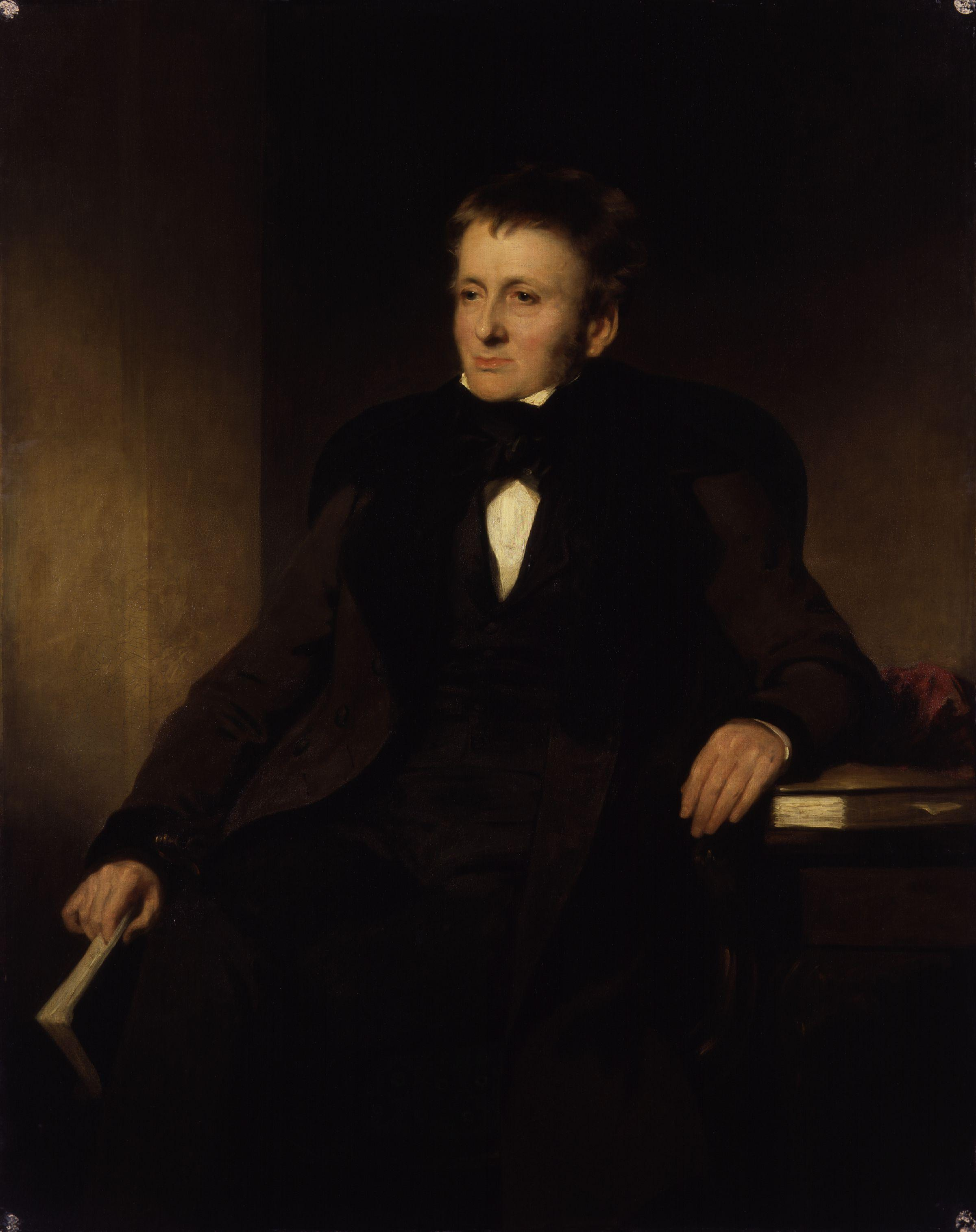John Watson Gordon on:
[Wikipedia]
[Google]
[Amazon]

 Sir John Watson Gordon (1788 – 1 June 1864) was a Scottish
Sir John Watson Gordon (1788 – 1 June 1864) was a Scottish
 He is buried in the eastern extension of
He is buried in the eastern extension of
Sir John Watson-Gordon
(The Walter Scott Digital Archive)
Works in the National Galleries of Scotland
(Artcyclopedia)
The Prince of Wales (King Edward VII) by Sir John Watson Gordon / Smithsonian American Art Museum
{{DEFAULTSORT:Gordon, John Watson 1788 births 1864 deaths 19th-century Scottish painters Scottish male painters Scottish portrait painters Burials at the Canongate Kirkyard Royal Scottish Academicians Artists from Edinburgh Alumni of the Edinburgh College of Art Royal Academicians 19th-century Scottish male artists
 Sir John Watson Gordon (1788 – 1 June 1864) was a Scottish
Sir John Watson Gordon (1788 – 1 June 1864) was a Scottish portrait painter
Portrait Painting is a genre in painting, where the intent is to represent a specific human subject. The term 'portrait painting' can also describe the actual painted portrait. Portraitists may create their work by commission, for public and pr ...
and president of the Royal Scottish Academy
The Royal Scottish Academy (RSA) is the country’s national academy of art. It promotes contemporary Scottish art.
The Academy was founded in 1826 by eleven artists meeting in Edinburgh. Originally named the Scottish Academy, it became the ...
.
Life and work
Gordon was born John Watson inEdinburgh
Edinburgh ( ; gd, Dùn Èideann ) is the capital city of Scotland and one of its 32 Council areas of Scotland, council areas. Historically part of the county of Midlothian (interchangeably Edinburghshire before 1921), it is located in Lothian ...
, the eldest son of Captain Watson, R.A., a cadet of the family of Watson of Overmains, in the county of Berwick
Berwickshire ( gd, Siorrachd Bhearaig) is a historic county, registration county and lieutenancy area in south-eastern Scotland, on the English border. Berwickshire County Council existed from 1890 until 1975, when the area became part of th ...
. He was educated specifically to prepare him for enrolling in the Royal Engineers
The Corps of Royal Engineers, usually called the Royal Engineers (RE), and commonly known as the ''Sappers'', is a corps of the British Army. It provides military engineering and other technical support to the British Armed Forces and is heade ...
. He entered as a student in the government school of design, under the management of the Board of Manufactures. he showed a natural aptitude for art, and his father was persuaded to allow him to adopt it as his profession. Captain Watson was himself a skilful draughtsman, and his brother George Watson, afterwards president of the Royal Scottish Academy, was a highly respected portrait painter, second only to Sir Henry Raeburn
Sir Henry Raeburn (; 4 March 1756 – 8 July 1823) was a Scottish portrait painter. He served as Portrait Painter to King George IV in Scotland.
Biography
Raeburn was born the son of a manufacturer in Stockbridge, on the Water of Leith: a ...
, who was a friend of the family.
In 1808 Gordon exhibited a picture "The Lay of the Last Minstrel
''The Lay of the Last Minstrel'' (1805) is a narrative poem in six cantos with copious antiquarian notes by Walter Scott. Set in the Scottish Borders in the mid-16th century, it is represented within the work as being sung by a minstrel late i ...
" at the Lyceum in Nicolson Street, Edinburgh – the first public exhibition of paintings in that city – and continued for some years to exhibit fancy subjects; but, although freely and sweetly painted, they were altogether without the force and character which stamped his portrait pictures as the works of a master. After the death of Sir Henry Raeburn in 1823 he succeeded to much of his practice. He assumed the name of Gordon in 1826.
One of the earliest of his famous sitters was Sir Walter Scott
Sir Walter Scott, 1st Baronet (15 August 1771 – 21 September 1832), was a Scottish novelist, poet, playwright and historian. Many of his works remain classics of European and Scottish literature, notably the novels '' Ivanhoe'', '' Rob Roy' ...
, who sat for a first portrait in 1820. Then came JG Lockhart in 1821; Professor Wilson, 1822 and 1850, two portraits; Sir Archibald Alison, 1839; Dr Chalmers, 1844; a little later De Quincey
Thomas Penson De Quincey (; 15 August 17858 December 1859) was an English writer, essayist, and literary critic, best known for his ''Confessions of an English Opium-Eater'' (1821). Many scholars suggest that in publishing this work De Quince ...
, and Sir David Brewster
Sir David Brewster KH PRSE FRS FSA Scot FSSA MICE (11 December 178110 February 1868) was a British scientist, inventor, author, and academic administrator. In science he is principally remembered for his experimental work in physical optics ...
, 1864. Among his most important works may be mentioned the 1st Marquess of Dalhousie; Sir Alexander Hope (1835); Lord President Hope; and Dr Chalmers. These, unlike his later works, are generally rich in colour. The full-length of Dr Alexander Brunton (1844), and Dr Lee, the principal of the university (1846), mark a modification of his style, which ultimately resolved itself into extreme simplicity, both of colour and treatment.
During the last twenty years of his life he painted many distinguished Englishmen who came to Edinburgh to sit to him. And it is significant that David Cox, the landscape painter, on being presented with his portrait, subscribed for by many friends, chose to go to Edinburgh to have it executed by Watson Gordon, although he neither knew the painter personally nor had ever before visited the country. Among the portraits painted during this period, in what may be termed his third style, are De Quincey; General Sir Thomas Macdougall Brisbane; the Prince of Wales
Prince of Wales ( cy, Tywysog Cymru, ; la, Princeps Cambriae/Walliae) is a title traditionally given to the heir apparent to the English and later British throne. Prior to the conquest by Edward I in the 13th century, it was used by the rulers o ...
, Lord Macaulay
Thomas Babington Macaulay, 1st Baron Macaulay, (; 25 October 1800 – 28 December 1859) was a British historian and Whig politician, who served as the Secretary at War between 1839 and 1841, and as the Paymaster-General between 1846 and 1 ...
, Sir M. Packington, Lord Murray, Lord Cockburn
Henry Thomas Cockburn of Bonaly, Lord Cockburn ( ; Cockpen, Midlothian, 26 October 1779 – Bonaly, Midlothian, 26 April/18 July 1854) was a Scottish lawyer, judge and literary figure. He served as Solicitor General for Scotland between 1830 an ...
, Lord Rutherfurd
The title of Lord Rutherfurd was a Lordship of Parliament in the Peerage of Scotland.
It was created on 19 January 1661 for the soldier Andrew Rutherfurd, with remainder to the heirs male of his body, failing which to his heirs of tailzie. He ...
and Sir John Shaw-Lefevre
Sir John George Shaw Lefevre KCB (24 January 1797 – 20 August 1879) was a British barrister, Whig politician and civil servant.
Life
Shaw Lefevre was the son of Charles Shaw Lefevre by his wife Helen, daughter of John Lefevre. Charles Sh ...
.
These latter pictures are mostly clear and grey, sometimes showing little or no positive colour, the flesh itself being very grey, and the handling extremely masterly, though never obtruding its cleverness. He was very successful in rendering acute observant character. A good example of his last style, showing pearly flesh-painting freely handled, yet highly finished, is his head of Sir John Shaw-Lefevre
Sir John George Shaw Lefevre KCB (24 January 1797 – 20 August 1879) was a British barrister, Whig politician and civil servant.
Life
Shaw Lefevre was the son of Charles Shaw Lefevre by his wife Helen, daughter of John Lefevre. Charles Sh ...
.
Gordon was one of the earlier members of the Royal Scottish Academy, and was elected its president in 1850; he was at the same time appointed limner for Scotland to the queen, and received the honour of knighthood. Since 1841 he had been an associate of the Royal Academy, and in 1851 he was elected a royal academician.
 He is buried in the eastern extension of
He is buried in the eastern extension of Canongate Kirkyard
The Canongate Kirkyard ( en, Churchyard) stands around Canongate Kirk on the Royal Mile in Edinburgh, Scotland. The churchyard was used for burials from the late 1680s until the mid-20th century.
The most celebrated burials at the kirkyard are ...
on the Royal Mile
The Royal Mile () is a succession of streets forming the main thoroughfare of the Old Town of the city of Edinburgh in Scotland. The term was first used descriptively in W. M. Gilbert's ''Edinburgh in the Nineteenth Century'' (1901), des ...
in Edinburgh
Edinburgh ( ; gd, Dùn Èideann ) is the capital city of Scotland and one of its 32 Council areas of Scotland, council areas. Historically part of the county of Midlothian (interchangeably Edinburghshire before 1921), it is located in Lothian ...
.
Notes
References
*Further reading
* * ''Watson Gordon, John'' in:Thieme-Becker
Thieme-Becker is a German biographical dictionary of artists.
Thieme-Becker
The dictionary was begun under the editorship of Ulrich Thieme (1865–1922) (volumes one to fifteen) and Felix Becker (1864–1928) (volumes one to four). It was complet ...
External links
*Sir John Watson-Gordon
(The Walter Scott Digital Archive)
Works in the National Galleries of Scotland
(Artcyclopedia)
The Prince of Wales (King Edward VII) by Sir John Watson Gordon / Smithsonian American Art Museum
{{DEFAULTSORT:Gordon, John Watson 1788 births 1864 deaths 19th-century Scottish painters Scottish male painters Scottish portrait painters Burials at the Canongate Kirkyard Royal Scottish Academicians Artists from Edinburgh Alumni of the Edinburgh College of Art Royal Academicians 19th-century Scottish male artists